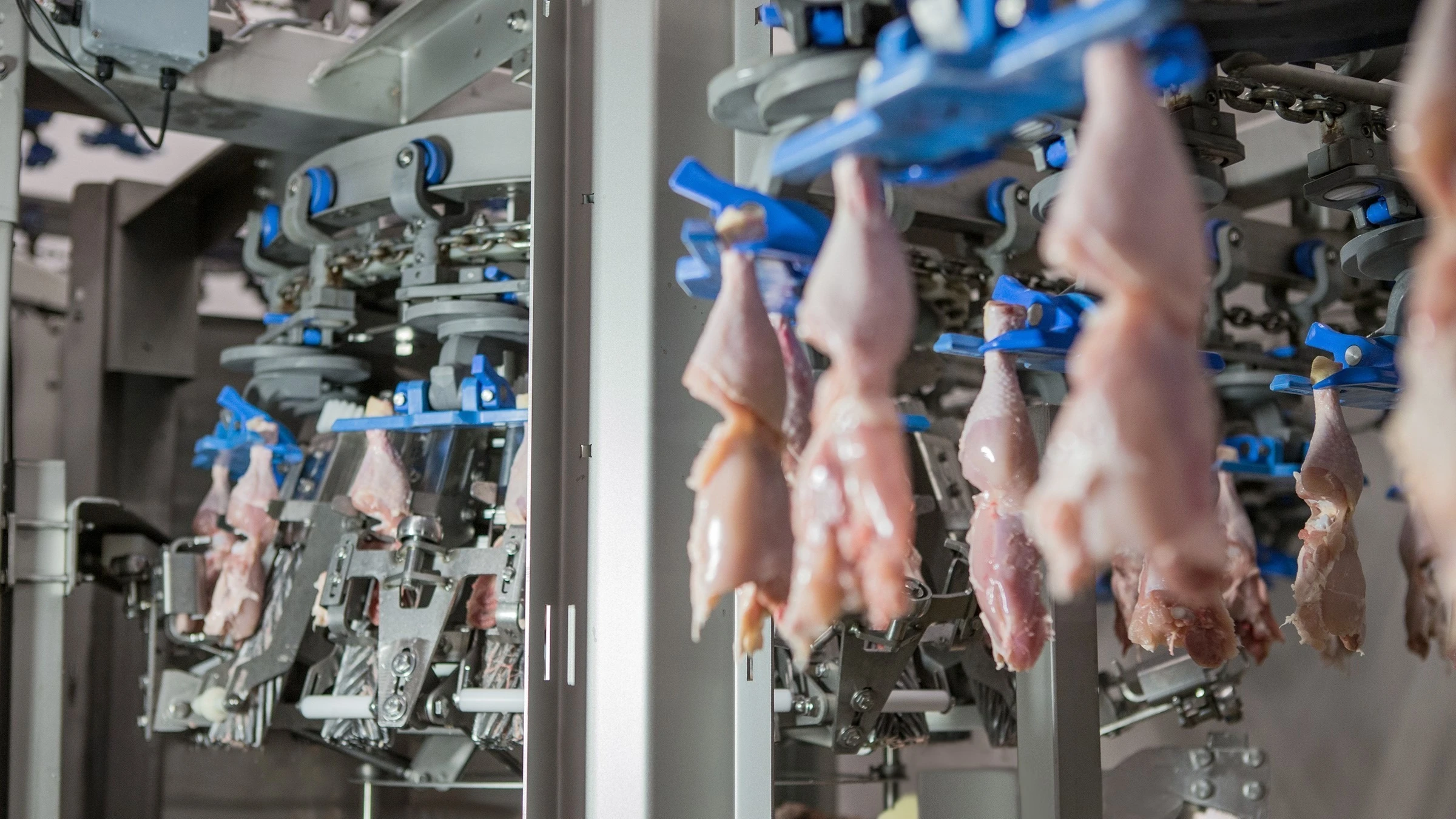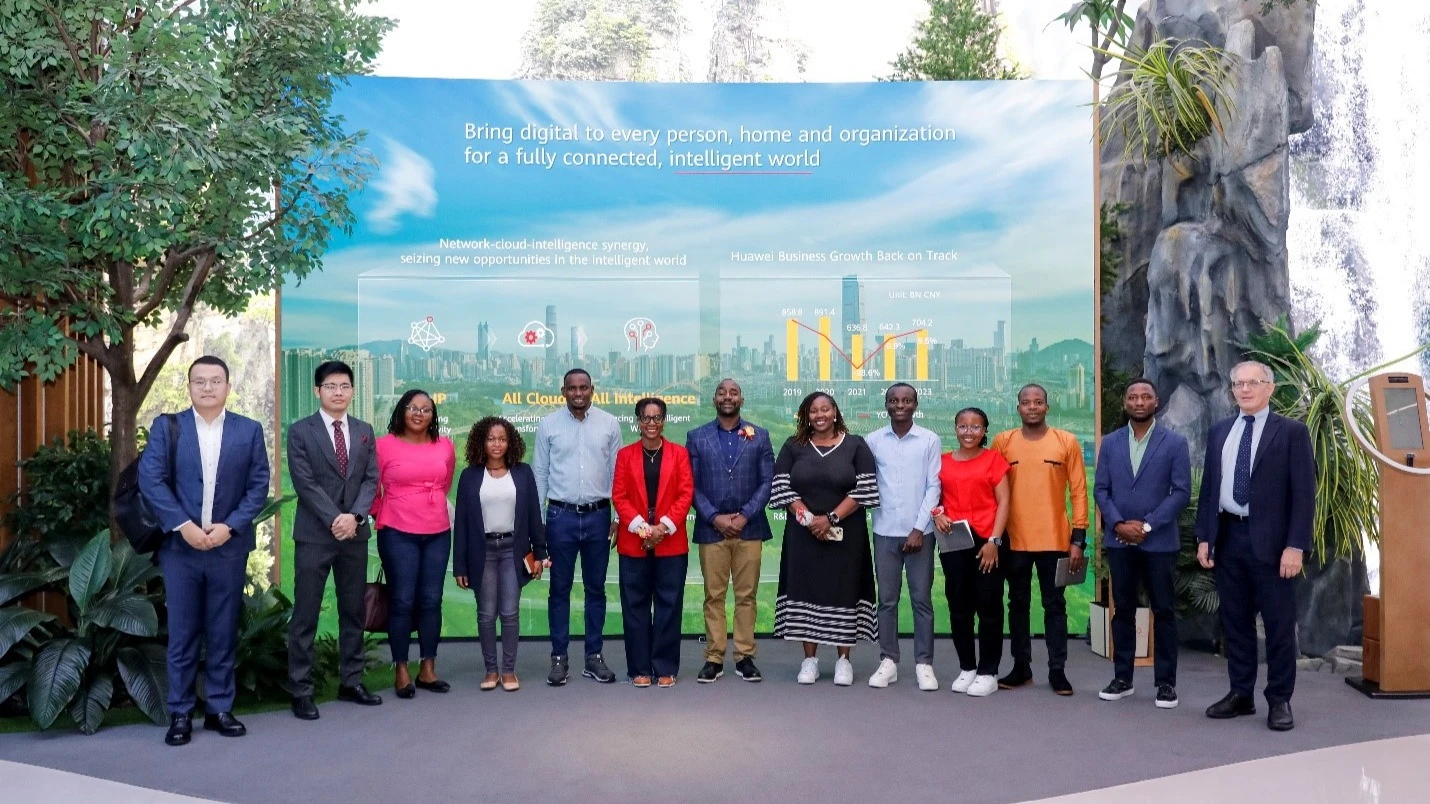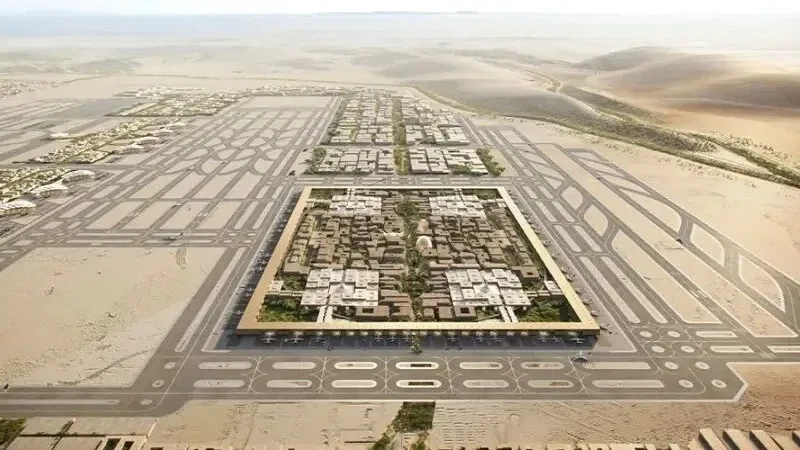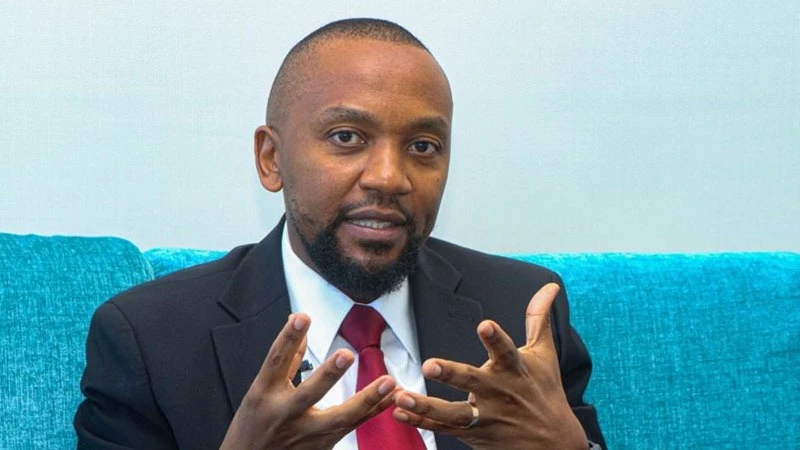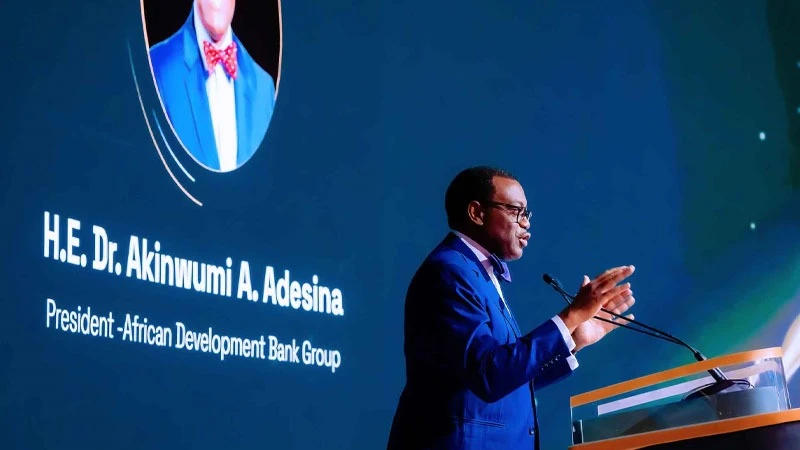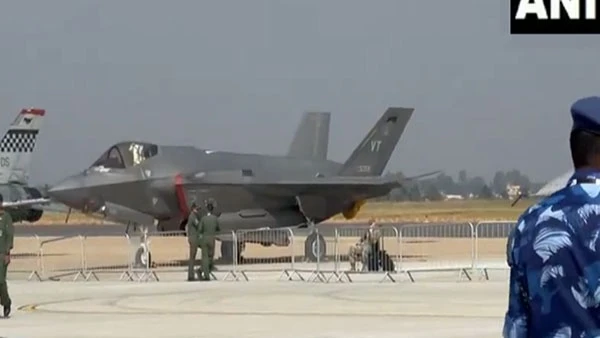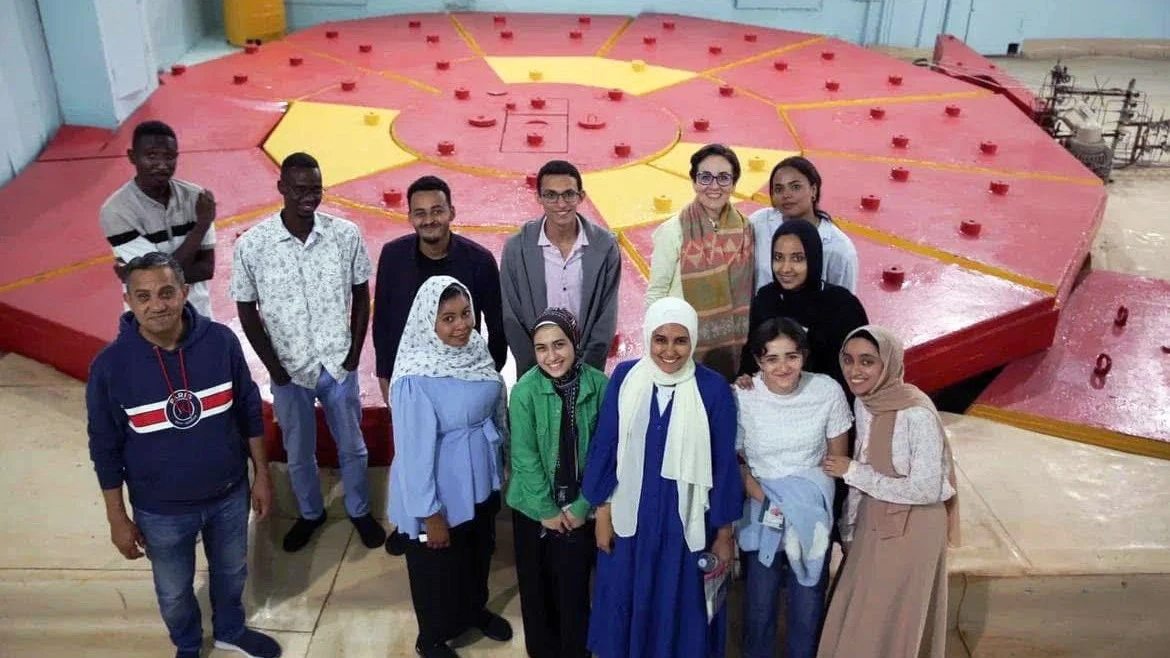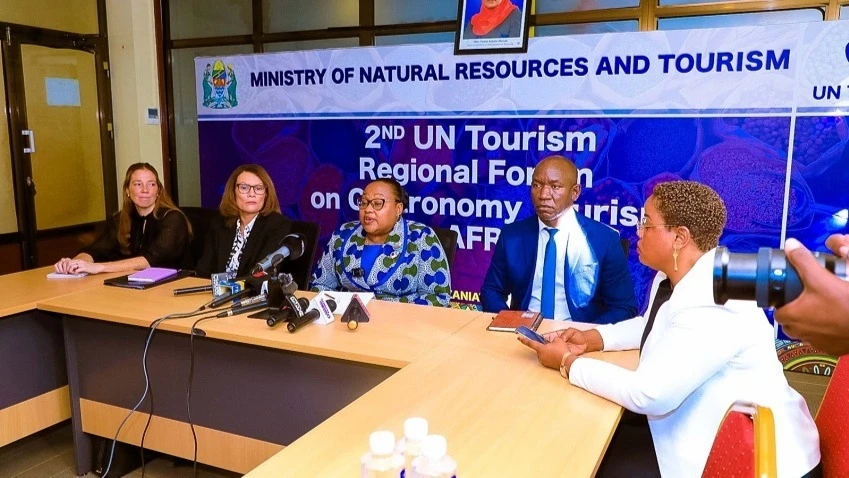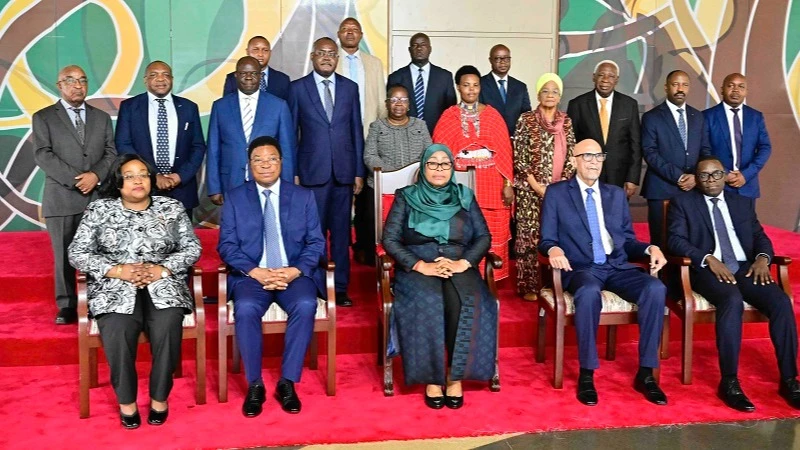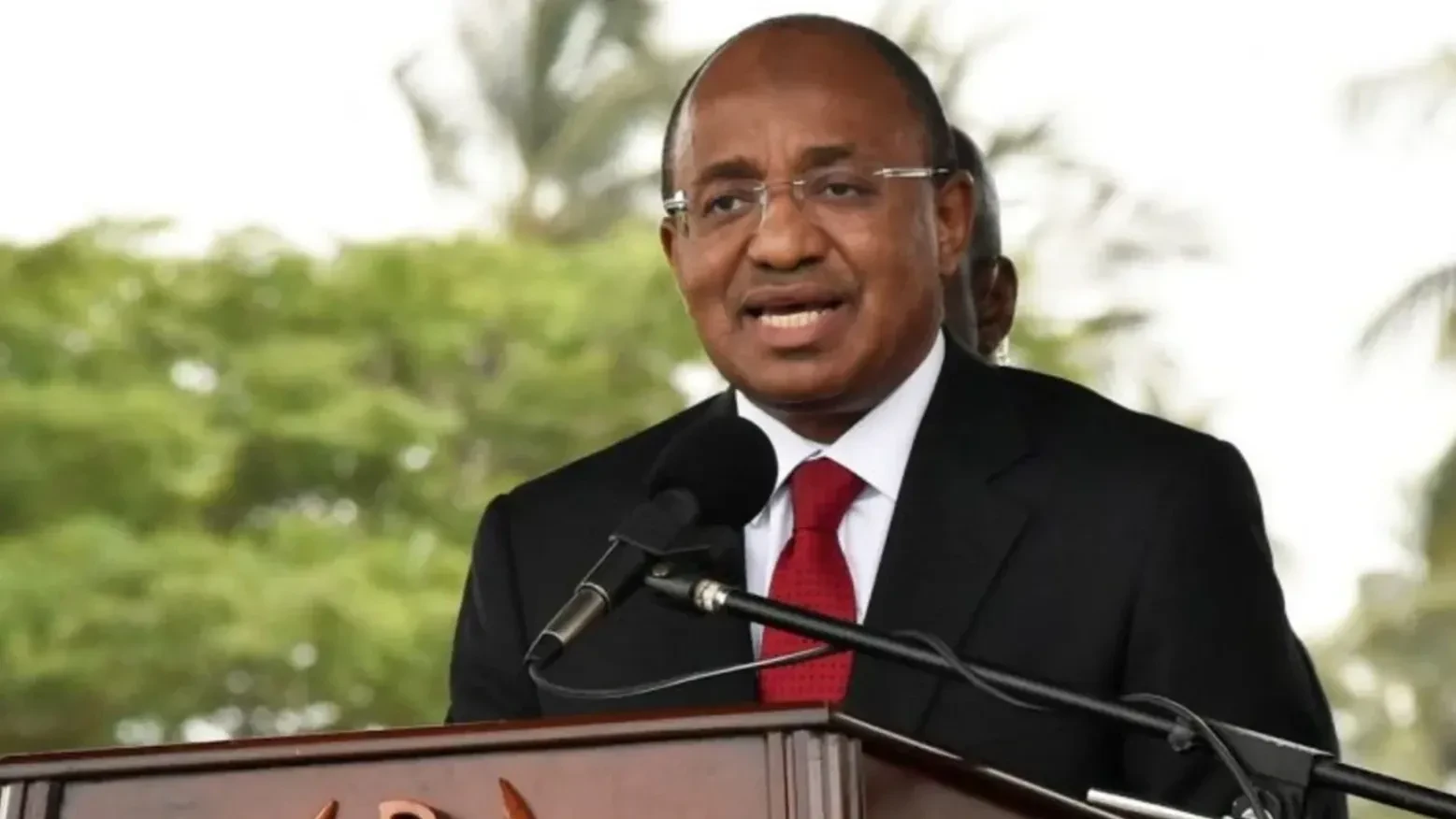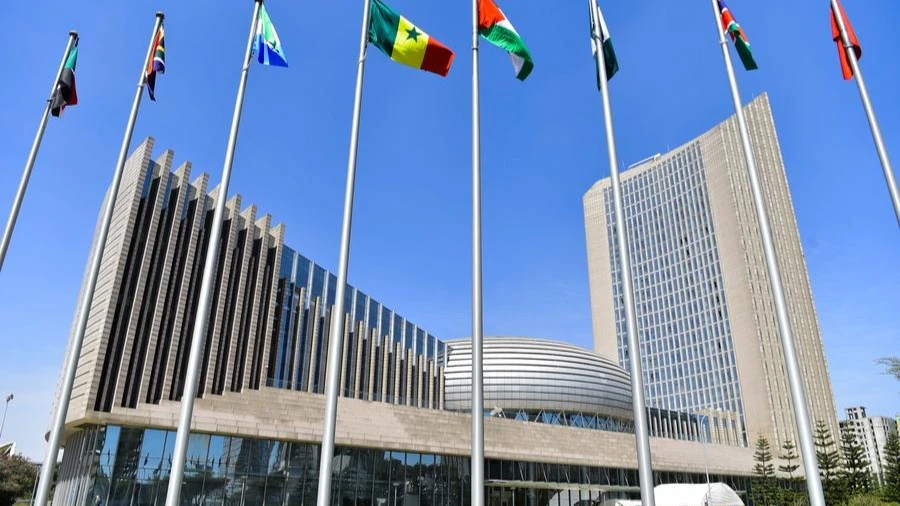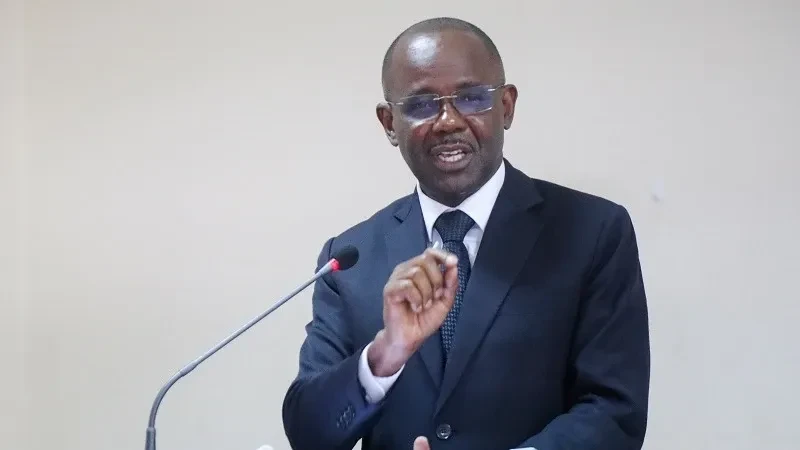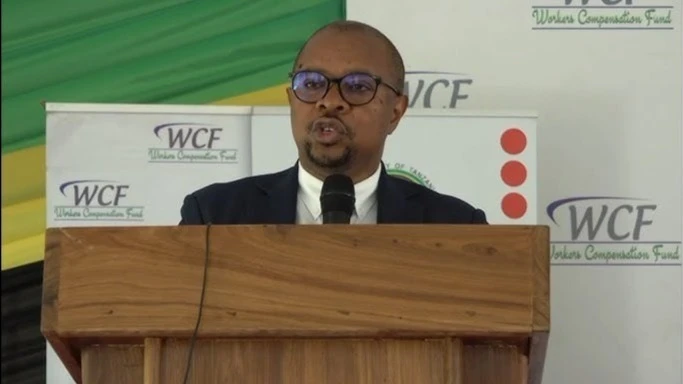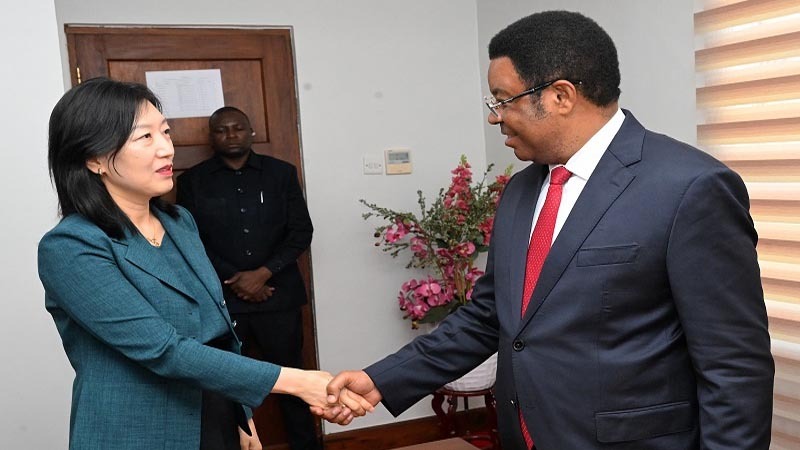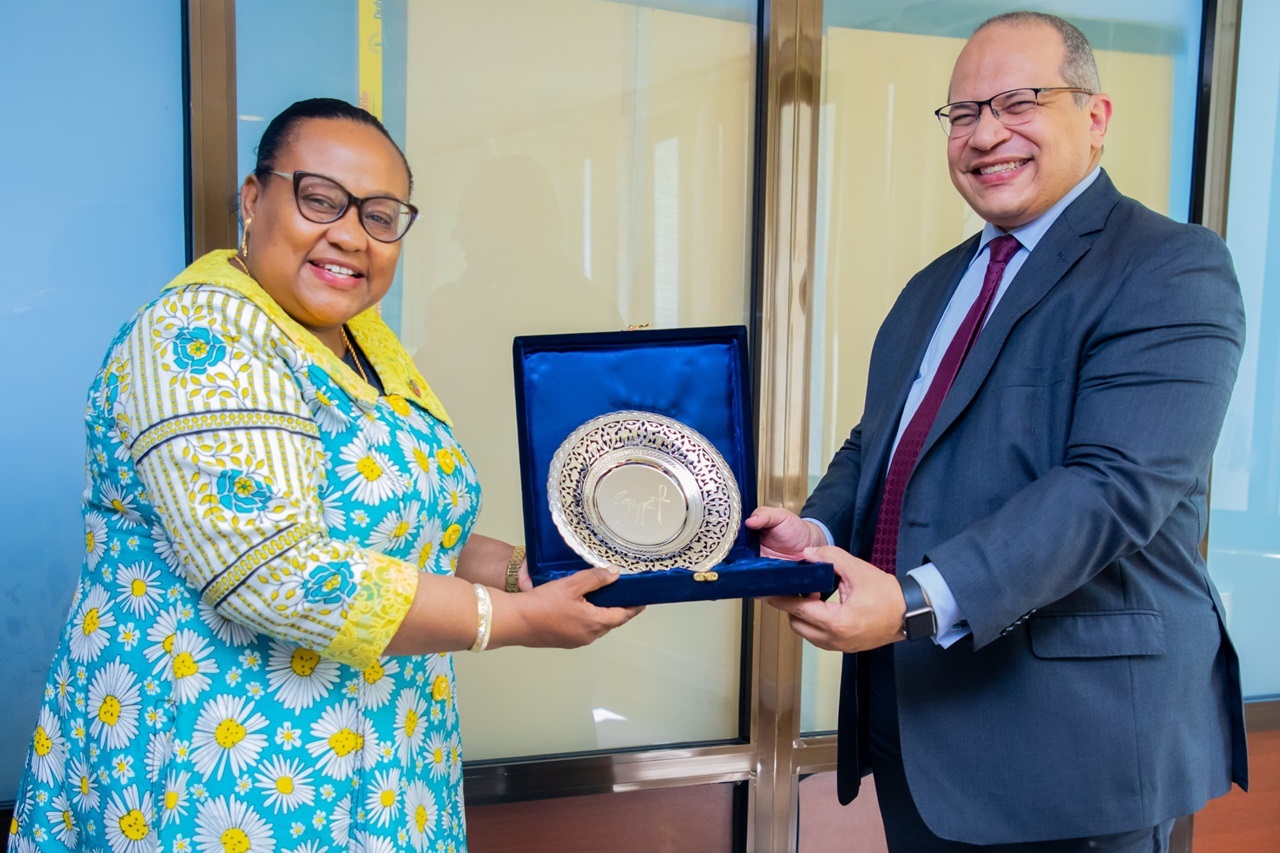Enhancement of ecological systems to sustaining Julius Nyerere Hydropower poject, indispensable
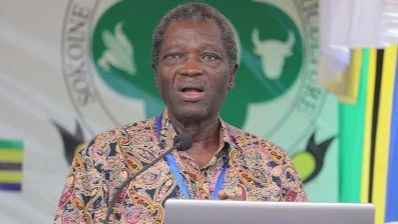
The Hydropower-dam located at the Stigler’s gorge, Rufiji River, is an investment that should have been realized between 1975 and 1985 during the phase one Government whose President was ‘Hayati’ Mwalimu Julius Nyerere.
However, prospects for the project faded when Tanzania engaged in-war with Uganda 1978-1980. Indeed, plenty of resources (money/material-goods) were used hence submerged the nation into serious socio-economic consequences. In that context, the President, declared state of ‘emergency’ and citizens requested to ‘tighten-belts’ when efforts to revamp perturbed national economic growth were underway. On-contrary, the situation become more deterrent to the extent that projects that required enormous-financial resources like Julius Nyerere Hydroelectricity Power Project (JNHPP) were put-on hold while waiting for national economic recovery.
Due to high-demand for cheaper electricity compared-to 'oil' generated electricity; the government constructed dams: 'Kidatu', Morogoro region and 'Mtera' along the border between Iringa and Dodoma regions, banking-on 'Ruaha-Mkuu' river. Additionally, ‘Nyumba ya Mungu’ dam constructed in Kilimanjaro region; another-one at Hale, Tanga region to generate-electricity using Pangani River. Despite these efforts, still there were flaws regarding availability/stability, reliable electricity. "Hayawi hayawi huwa" is Kiswahili saying meaning ‘it doesn’t happen, yet happened’; indeed, JNHPP is real-testimony to this saying.
Congratulations to fifth-phase Government, by-then the sixth phase President was the Vice-President when JNHPP commenced. If it wasn’t the vigilant determinations and extraordinary decisions reached by the late John Magufuli to construct the Julius Nyerere dam, the project would have remained foretelling-story but construction of the dam, portrays landmark for sustainable electricity generation. If it wasn’t that superb decision, I don’t know what the current-state of electricity supply would be like! Furthermore, the fifth-phase government started other strategic-projects that sixth phase government working hard to complete/finishing but also factoring-in additional-projects. To-date, having comprehended achievements obtained within relatively short-period, majority are aware that through seriousness vis-à-vis well-determined developmental projects plus inherent discipline/good-morals the leaders in Africa, no doubts could perform wonderfully advancing her socio-economic achievements without relying too much on foreign aid/assistance.
The Julius Nyerere project shall provide more-than 2100 megawatts once completed and operational. Information from experts, through the media, show that JNHPP has reached the stage of enabling five (5) generators activated and producing 1,410 megawatts; equivalent to almost 70 percent of expected total megawatts. Also confirmed that the electricity transmission lines from the Rufiji-River to Chalinze are 99 percent complete. Equally, the cooling-station under construction in Chalinze is more than 97 percent complete indeed, these are great achievements.
These accomplishments plus other electricity projects: Rusumo (80 megawatts) and Kinyerezi-1 (185 megawatts); stimulated the government via the Rural Electricity Agency (REA), in 2024 reached more than 12,000 villages. Additionally, by end of 2024, more than 32,000 neighbourhoods provided with electricity out of 64,359 neighbourhoods. Existence of JNHP is one issue and sustainable/reliable supply of electricity is another part. What’s anticipated is making JNHP electricity-supply remain reality for many years-ahead. The Rufiji-river is the confluence of the Ruaha-Mkuu, Kilombero and Kihansi rivers.
The main sources of water for Ruaha-Mkuu are various streams in Iringa and Mbeya and parts of Dodoma and Morogoro regions. Iringa region is also the source of the Ruaha-Mdogo river which, discharges its water into Ruaha-Mkuu while sources of water being Mufindi district including Sao-Hill, the largest forest-plantations in Tanzania. The Kilombero and Kihansi Rivers draw their waters mainly in Morogoro region.
In the 2000s, visited Kilombero District and on way to Ifakara (district headquarters) realized the road was part of the border between public land and Udzungwa National Park mountain covered with thick natural mountainous-forest. Having realized that became curious to know how many streams were running form the mountainous-forest area towards public-land? From start of national-park to its ending-point along the road counted 32 streams (including the one with ‘Sanje-waterfall). All streams had clean-water from well-conserved mountainous-forest. Generally, the streams entered areas with tremendous human-activities including sugarcane and rice farming plus other agricultural and livestock keeping activities. Through such extents the streams are subjected to siltation processes leading to unclean water.
Experiences show that the rivers from upcountry run through areas confronted by human-activities. For-instance, Ruaha-Mkuu river originates in mountainous including Mpanga-Kipengere ranges; flowing towards Mbarali district; while passing through famous-belt for rice farming drawing water from Ruaha-Mkuu. On-way towards the Ruaha National Park (RNP), the rivers passes through ‘IHEFU’ wetland area. This is critical ecological-site for the good of Ruaha-Mkuu river yet, faced with lots of challenges due to presence of many livestock obstructing ecological-systems including destruction of natural vegetation that vital maintaining optimal environmental conditions needed to enable Ruaha-Mkuu sustain water flow throughout the year. Human activities cause the water in Ruaha-Mkuu to decrease generating concerns not only for electricity production but also negatively-affecting existence/survival of wildlife within Ruaha National Park.
For determined supply electricity on sustainable basis using JNHP-dam, strategies must be in place to ensure the dam flourishes for decades. The dam requires clean, sustainable flow of rain-water through Ruaha-Mkuu, Ruaha-Ndogo, Kihansi and Kilombero. Against this crucial requirement the following aspects are recommended/underscored:
(i) Management/enforcement of Policies, Laws and Regulations such as the Environmental Act of 2004, Forestry and Bee resources management Laws plus relevant sectoral Laws/Regulations, to protect ecosystem-services of rivers is obligatory. Experiences show that relevant Legal Instruments including Guidelines do exist however, weaknesses are related to enforcement mechanisms. It is high time that enforcement of policies and legal instruments becomes mandatory requirement. Critical ecosystem services are connected to preservation of forests/woodlands including plants/herbs/grasses/leaves which indeed, filter rainwater before entering into streams/rivers. Thus, existence of natural vegetation along riverbanks critical in stopping soils/mud, sand and other debris from entering into rivers;
(ii) Human-activities (farming, livestock-grazing, settlements) all along the river; be strictly forbidden in order to safeguard ecosystem-service. Article 57(1) of the Environmental Management Act (2004) prohibits human activities which, by their nature, seriously endanger the ‘life’ of the 60-meter band reserved to ensure healthier environmental-conditions for the rivers. In that context, 60-meter-zone as specified in the Guidelines issued December, 2020 by the Office of the Vice-President, Environment, well conserved. Consequently, all-human related activities be rigorously prohibited to guarantee existence of ecosystem services in perpetuity through stopping ‘mud/soil/sand and debris’ carried by rain-water from reducing depth of dams;
(iii) The Office of the President, Regional Administration and Local Government (OR-TAMISEMI) in collaboration with other public/private sectors/institutions make sure the Guidelines issued 2020 are enforced. This also entails participation of all parities including adjacent local communities firstly, by-understanding well the Guidelines and secondly, to-comply accordingly without waiting for mandatory prosecutions;
(iv) Organize and undertake publicity, sensitization, awareness-raising including environmental-education campaigns to all stakeholders’ key to attainment of visualized goals related to ecological services along the rivers. Government alone cannot manage however, through collaborative public-private-partnerships (ppp) mechanisms; it is feasible. There’re various environmental-inclined NGOs, again, several Media-Groups plus application of social-media-networks including desirable digital communication facilities together with other electronic means of transmitting relevant-messages; should be explored to reach many targeted groups/stakeholders at-once. High-political commitments are needed including availability of predictable/consistence financial and material inputs;
(v) Finally, the overall benefits from sustainable conservation of riverbanks/water reservoirs would encompass, among others, firstly, clean-water supplying to clients in urban/rural areas by Urban/Rural Water Supply Authorities without incurring high-costs to purify-water before distribution to consumers. Secondly, the predicted-life period of the dams shall suffice for long periods hence enduring sustainable socio-economic pathways for Tanzania and rest of African countries as a whole. IT CAN BE DONE PLAY YOUR PART WELL.
Dr Felician Kilahama is the environmental expert based in Dar es Salaam. He previously served as the Director of Forestry & Beekeeping, Ministry of Natural Resources and Tourism.
Top Headlines
© 2025 IPPMEDIA.COM. ALL RIGHTS RESERVED


